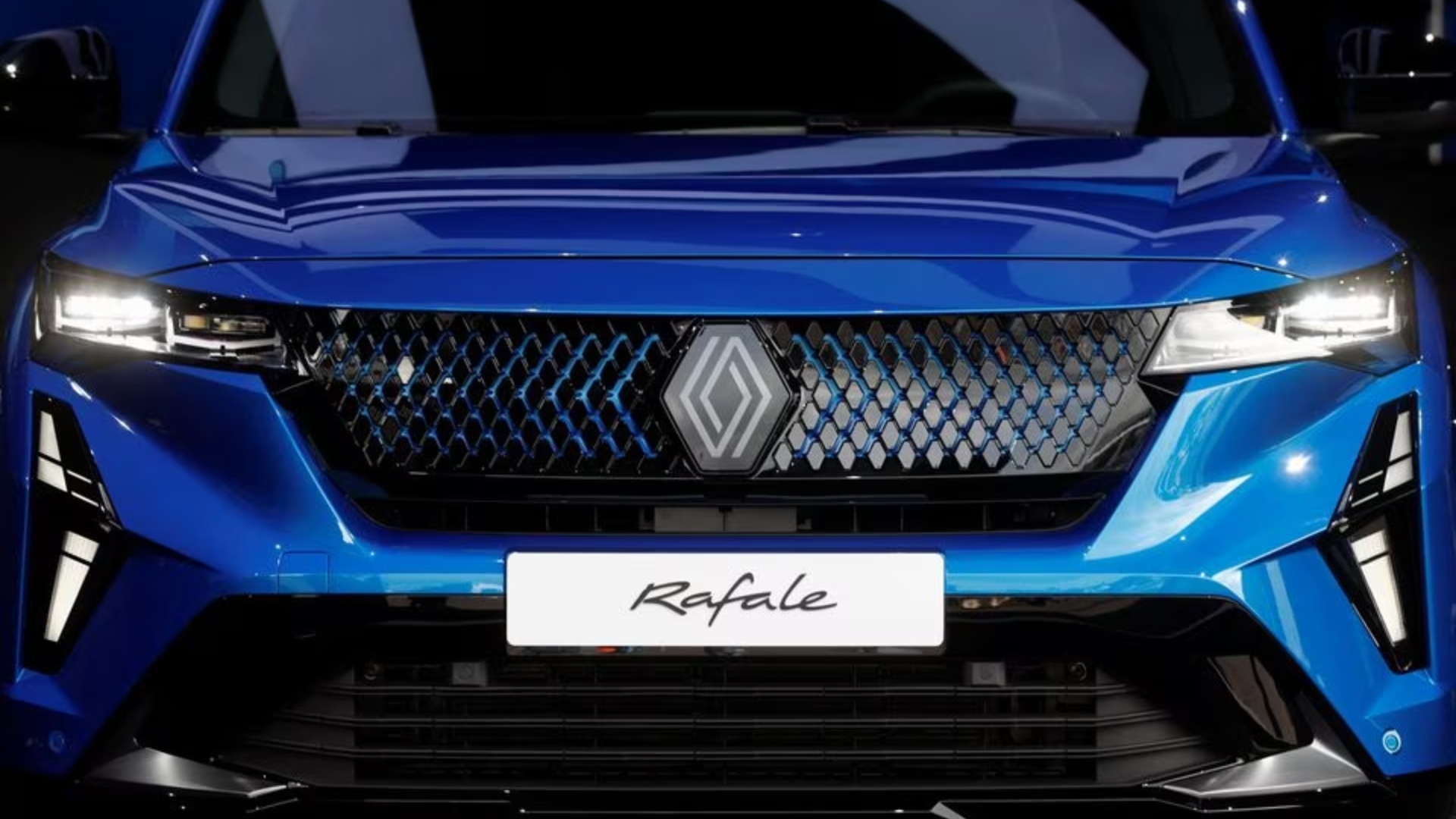Summary
- H1 EBIT margin at 7.6% close to 2025 target of 8%
- H1 net profit at 2.12 bln euros vs loss of 1.68 bln last year
- Sales of electric cars seen as promising
July 27 (Reuters) – French car maker Renault (RENA.PA) on Thursday posted an operating margin of 7.6% for the first half year, its highest ever and already close to its 2025 target, helped by higher prices for new cars and by cost reductions.
The company, whose brands include Alpine sports-cars and Dacia, also returned to a net profit in the six months through June, recording net income of 2.12 billion euros ($2.35 billion) after posting a 1.68 billion loss in the first half of 2022. The loss was a result of the closure of its Russian operations in the wake of Moscow’s invasion of Ukraine.
“These results are the outcome of our continuous efforts to reduce costs over the last three years and of our strategy focused on value combined with the first benefits of an unprecedented product offensive,” said Chief Executive Luca de Meo in a statement.
The previous margin record was set in the second-half of 2017, when it stood at 7%. Renault aims to reach an 8% margin by 2025 and 10% by 2030.
After a successful launch, the carmaker pins its hopes on models including its Megane E-TECH Electric and the compact crossover SUVs Arkana and Austral.
Renault’s robust business echoes developments at other carmakers including Stellantis (STLAM.MI), whose Peugeot and Citroen cars are Renault’s main competitors on the French market. They also saw better results helped by price increases and pointed to promising sales of its electric vehicles.
The French carmaker on Wednesday agreed with Nissan (7201.T) on a new structure for their decades-old partnership. The Japanese group will invest up to $663 million in Renault’s planned electric unit Ampere, while the French carmaker will reduce its Nissan stake to put their relationship on equal footing.
($1 = 0.9008 euros)
(This story has been refiled to fix the punctuation in paragraph 1 and removes mention of Volkswagen in paragraph 6)











